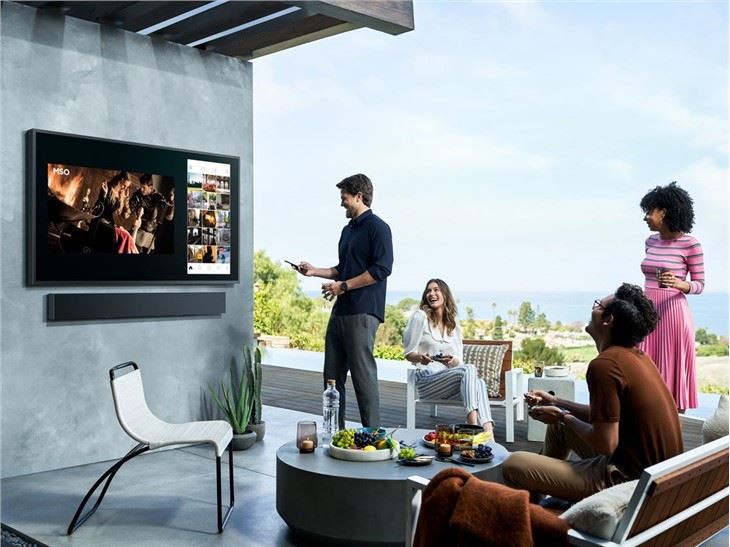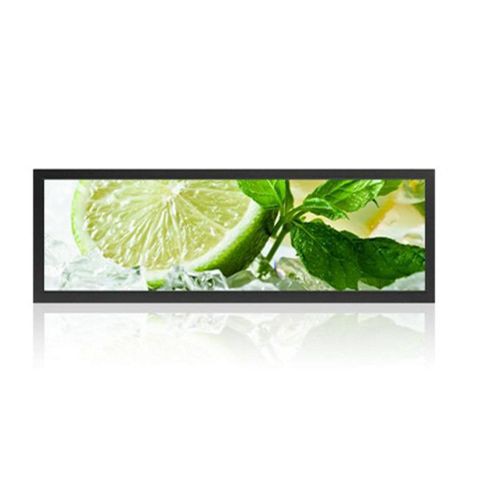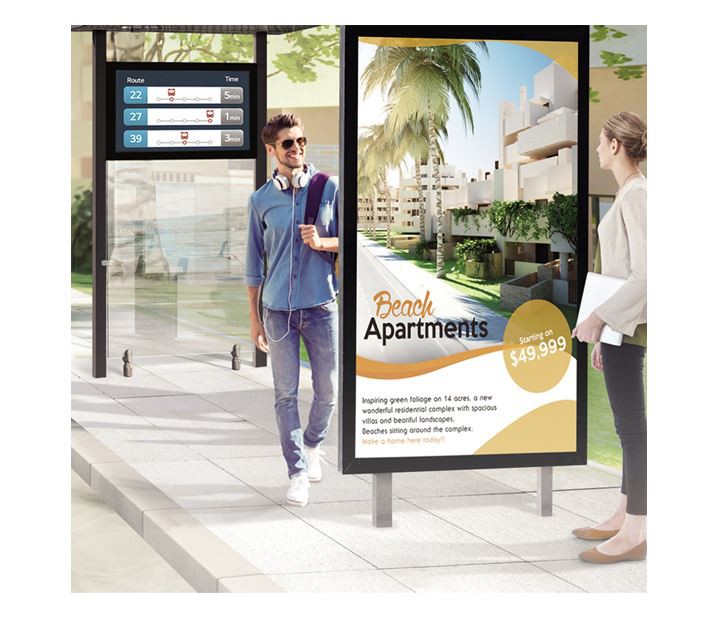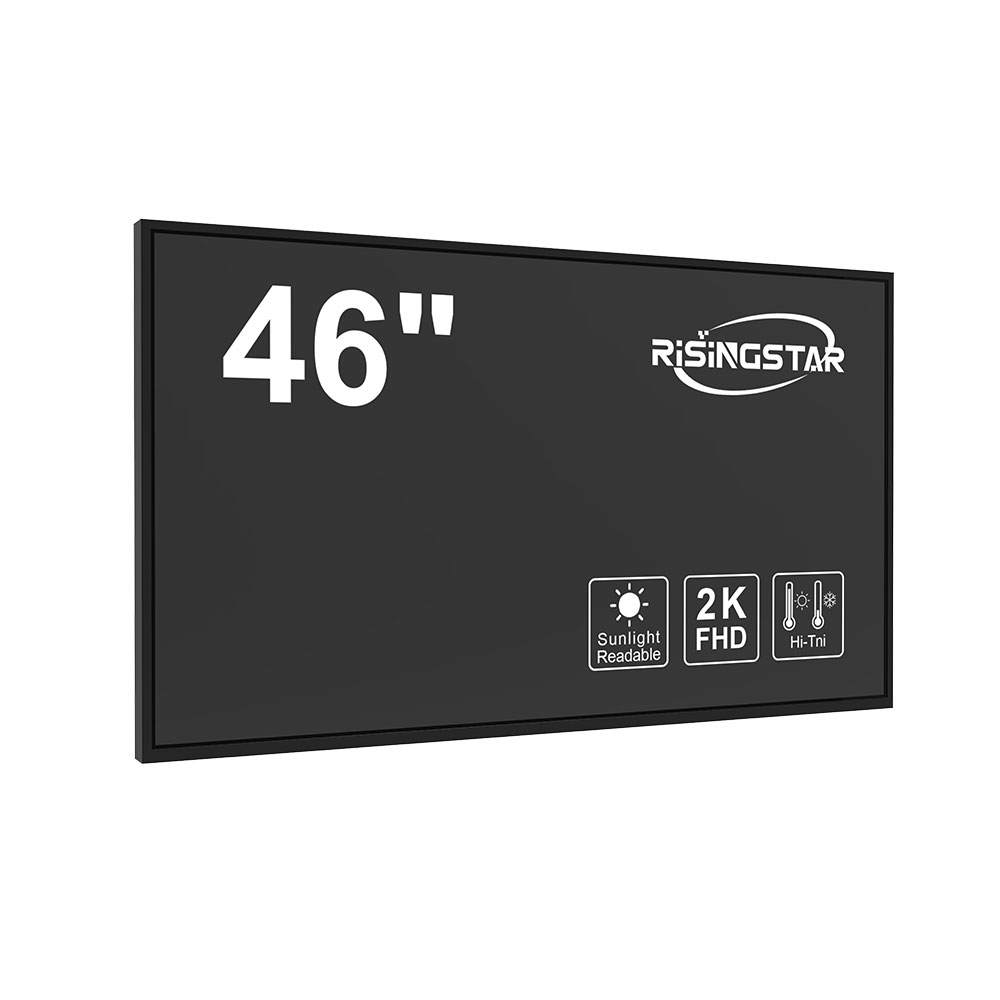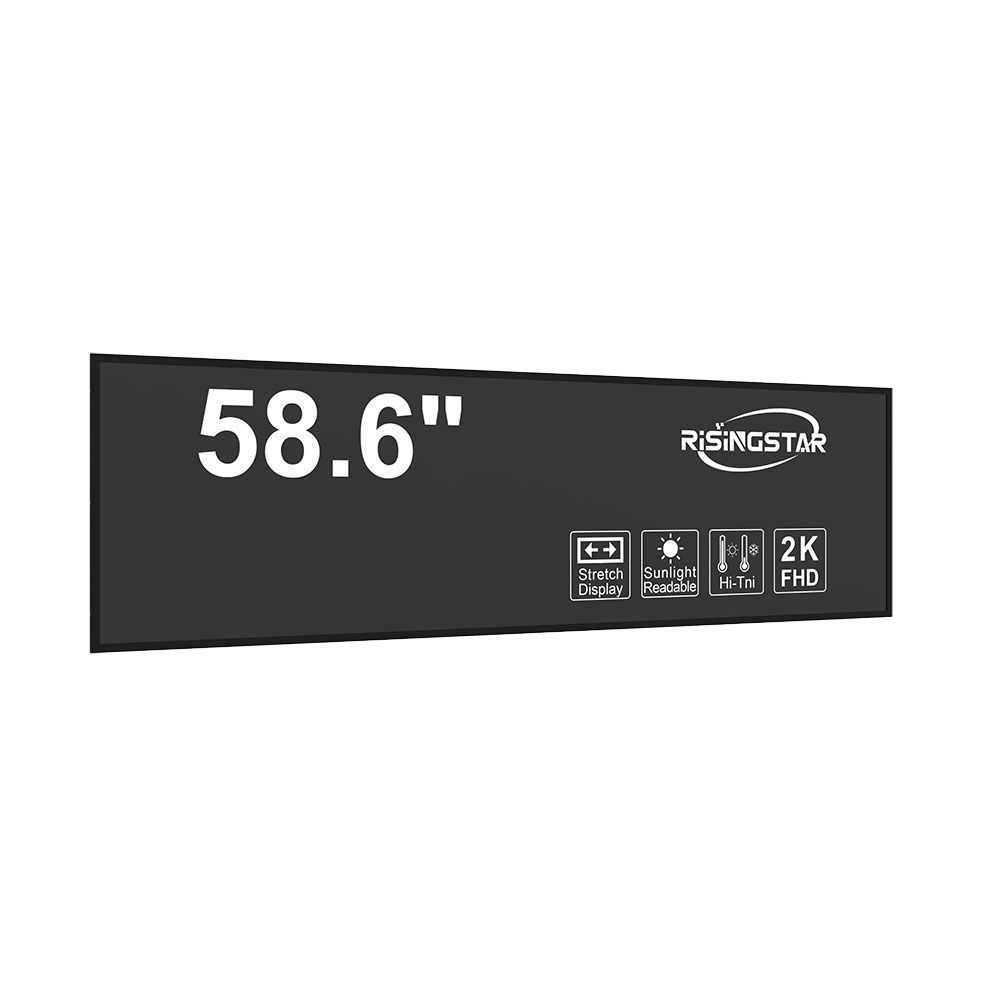In today’s rapidly evolving industrial landscape, the demand for high-brightness sunlight-readable LCD displays has surged—not just as a convenience, but as a necessity. These screens are critical in environments where visibility under direct sunlight is non-negotiable, such as in military operations, transportation systems (like buses and trains), outdoor construction equipment, and solar power monitoring stations. The ability to maintain clear, readable content under extreme lighting conditions directly impacts operational safety, efficiency, and user experience. As such, engineers, procurement managers, and system integrators must understand not only how these displays work but also what differentiates them from standard LCDs.
High-brightness sunlight-readable LCDs are engineered to operate reliably under ambient light intensities exceeding 100,000 lux—conditions that would render most consumer-grade displays unusable. In contrast, a typical indoor office environment provides about 300–500 lux, while full daylight at noon can reach up to 100,000 lux. Standard LCDs typically max out around 250–500 cd/m² brightness, which becomes completely ineffective when exposed to bright sunlight. High-brightness displays, however, achieve luminance levels of 3,000 to 10,000 cd/m² or even higher, ensuring visibility across all daylight conditions—even on cloudy days.
The core technology behind these displays involves several key innovations. First, enhanced backlighting using LED arrays with optimized optical films ensures uniform light distribution and maximizes peak brightness without overheating. Second, anti-glare coatings and polarization techniques reduce surface reflections, preventing image distortion caused by sunlight glare. Third, advanced liquid crystal materials, such as IPS (In-Plane Switching) or MVA (Multi-Domain Vertical Alignment), provide wide viewing angles and consistent color reproduction, even under oblique lighting. Finally, some models incorporate automatic brightness control (ABC), which dynamically adjusts luminance based on ambient light sensors—a feature that enhances energy efficiency while maintaining readability.

A prime example of real-world application is in military field equipment. According to a 2023 report by the U.S. Department of Defense, over 78% of new battlefield communication devices now integrate sunlight-readable displays. This shift was driven by incidents where soldiers could not read GPS coordinates or mission-critical data during daytime operations due to display unreadability—an issue that led to delays and miscommunication. Similarly, in commercial aviation, aircraft cockpits increasingly adopt high-brightness displays to ensure pilots can access navigation and engine performance data clearly, regardless of whether they’re flying at sea level or cruising at 35,000 feet.
Another growing sector is smart infrastructure. Cities deploying IoT-enabled traffic management systems rely heavily on Digitale Beschilderung im Freien and control panels. A case study conducted by Siemens in 2022 demonstrated that replacing standard LCDs with high-brightness sunlight-readable displays in public transit kiosks reduced maintenance calls by 62%, as the new screens remained legible throughout the day, even in direct sunlight. Moreover, energy consumption decreased by 18% thanks to adaptive brightness algorithms that dim the screen during low-light periods like early morning or evening.

From a technical standpoint, the International Electrotechnical Commission (IEC) sets standards for outdoor display performance through IEC 62368-1, which includes guidelines for brightness thresholds, thermal stability, and environmental resilience. Compliance with these standards ensures interoperability across global markets and guarantees product reliability under diverse climatic conditions—from scorching deserts to humid tropical regions.
Manufacturers like Sharp, LG Display, and Innolux have invested significantly in R&D for high-brightness LCDs. For instance, Sharp’s “Sunlight Readable” series uses a combination of high-efficiency LEDs, multi-layer anti-reflection coatings, and proprietary contrast enhancement algorithms to deliver 5,000 cd/m² brightness with excellent grayscale performance. LG Display’s "Outdoor Ready" panels feature integrated polarizers that suppress reflection by up to 95%, making them ideal for use in vehicle dashboards and vending machines located in sun-exposed areas.
When selecting a high-brightness sunlight-readable LCD, it's essential to consider several factors beyond just peak brightness. Viewing angle consistency, response time (especially important in fast-moving vehicle interfaces), temperature range (operating from -20°C to +70°C), and ruggedization (IP65 or higher protection against dust and water ingress) are all crucial parameters. Additionally, power efficiency remains a concern—many outdoor applications are powered by batteries or solar panels, so minimizing energy draw is vital.
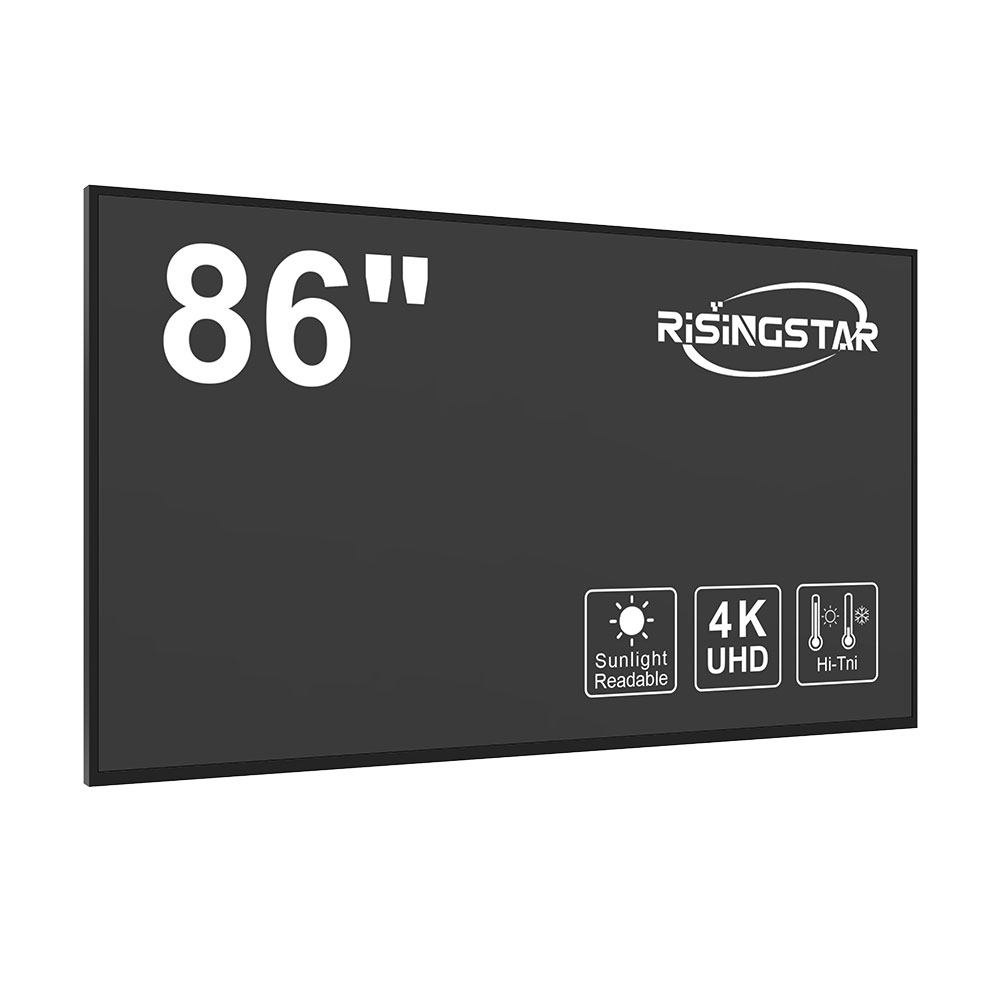
One often overlooked aspect is human factors engineering. Even if a display is technically capable of reading in sunlight, poor ergonomics—such as too-small fonts, cluttered layouts, or insufficient contrast between text and background—can still hinder usability. Designers must apply principles of visual hierarchy and accessibility, ensuring that critical information stands out intuitively. The World Health Organization’s Guidelines on Digital Interface Design for Aging Populations highlight that larger font sizes, high-contrast color schemes (e.g., white-on-black), and minimal visual noise improve comprehension across age groups—a principle that applies equally to industrial settings.
In conclusion, high-brightness sunlight-readable LCD displays represent a convergence of optics, materials science, software intelligence, and user-centered design. They are no longer niche products; instead, they form the backbone of modern outdoor electronics. With increasing urbanization, automation, and reliance on real-time data, their importance will only grow. Whether you're designing a remote monitoring system for wind turbines or a mobile command center for disaster relief, choosing the right high-brightness display isn’t optional—it’s foundational to mission success.





